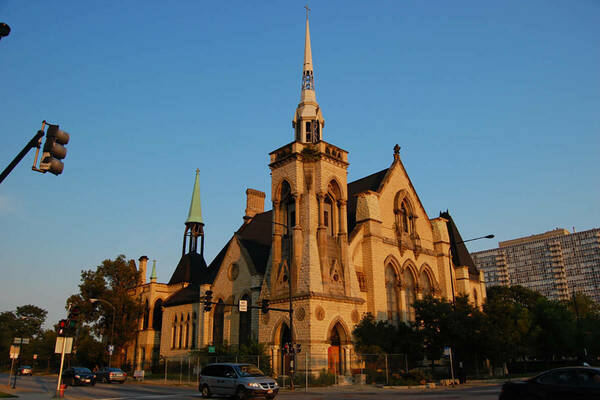Charles Leavitt, associate professor of Italian in the Department of Romance Languages and Literatures at University of Notre Dame, studies how artwork was influenced by the cultural encounter between Black American troops and Italians during the United States’ occupation of Italy after World War II.
Leavitt, a faculty fellow with the Nanovic Institute for European Studies and the Kellogg Institute for International Studies, said many Italians had not seen a Black person before African American soldiers were stationed in Tombolo, a camp near Tuscany.
“Italians were very struck by this presence, and they began to refer to Tombolo as the ‘paradiso nero,’ or the ‘Black paradise,’” he said. “And they found the experience of getting to know these Black soldiers as being transformational for their society.”
In his research, Leavitt shows how prurience and prejudice led to Tombolo being referred to as "città proibita," or forbidden city. Clashes often pitted people against one another — white people against Black people and Americans against Italians.
To try to understand this cultural conflict, Italian writers, poets, and filmmakers produced an outpouring of art.
However, these works — including journalistic pieces, novels, and films — were not examined together until Leavitt, a concurrent faculty member in the Department of Film, Television, and Theatre, began to do so.
“This postwar period in Italy demonstrates the way that the arts help us to make sense of those tensions and help to shape our responses to those crises,” he said. “By focusing on how the arts were transformational in a specific Italian moment, we begin to think about how the arts might be significant for our own time and for our own experiences.”


